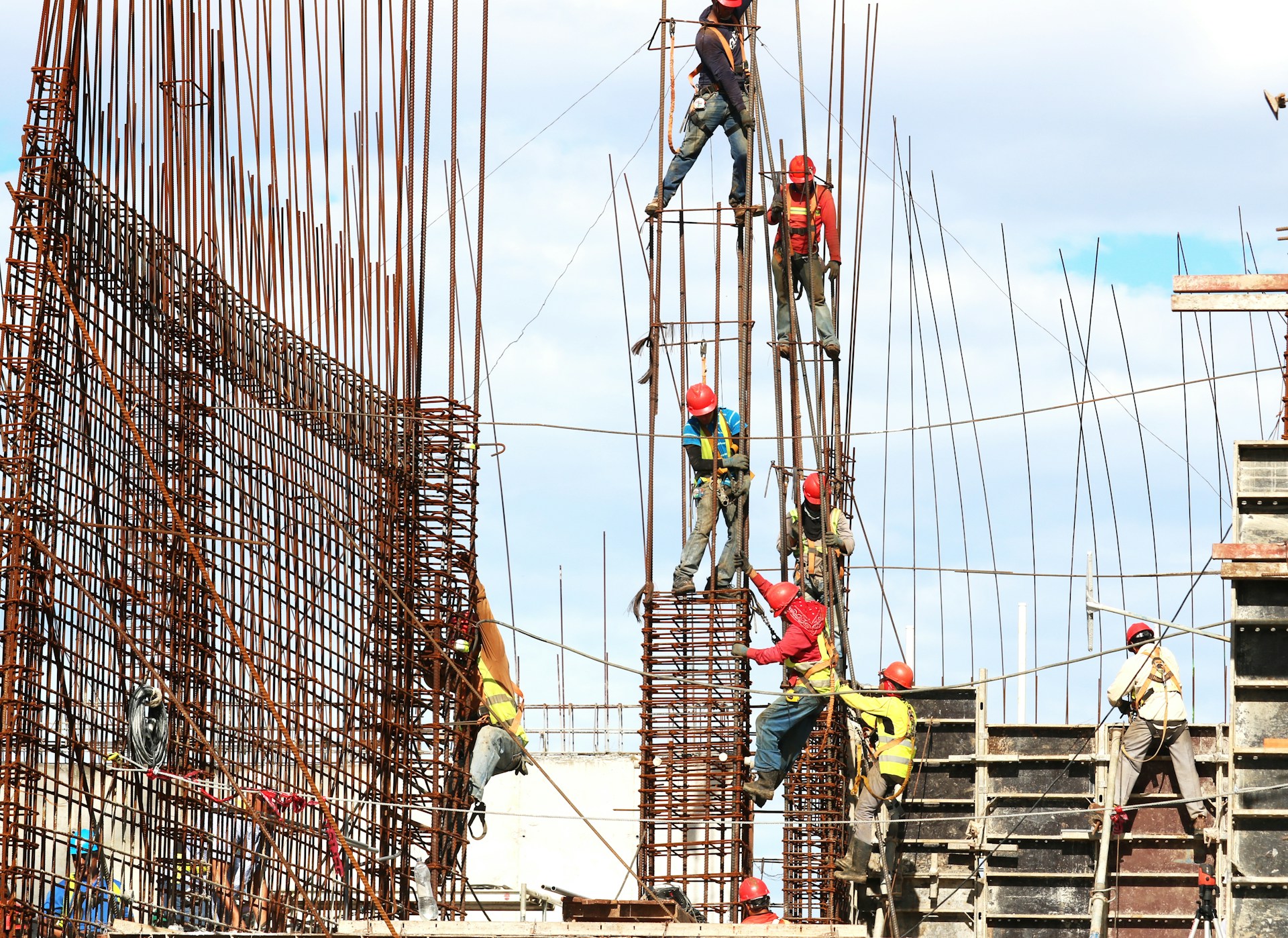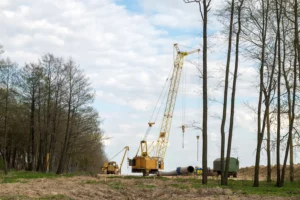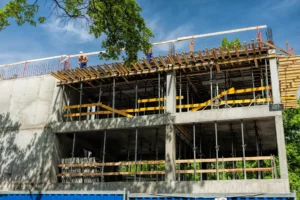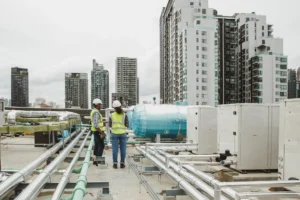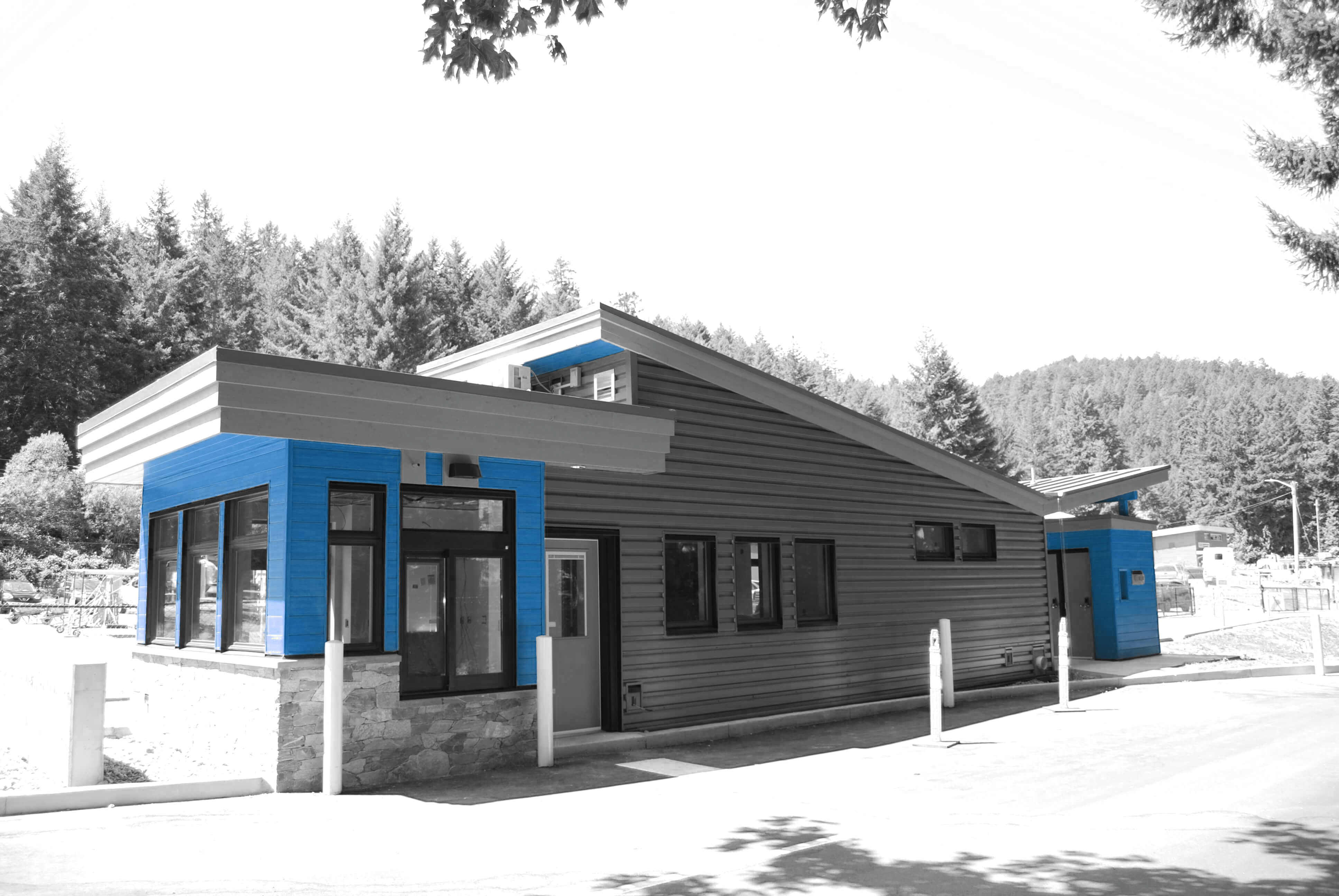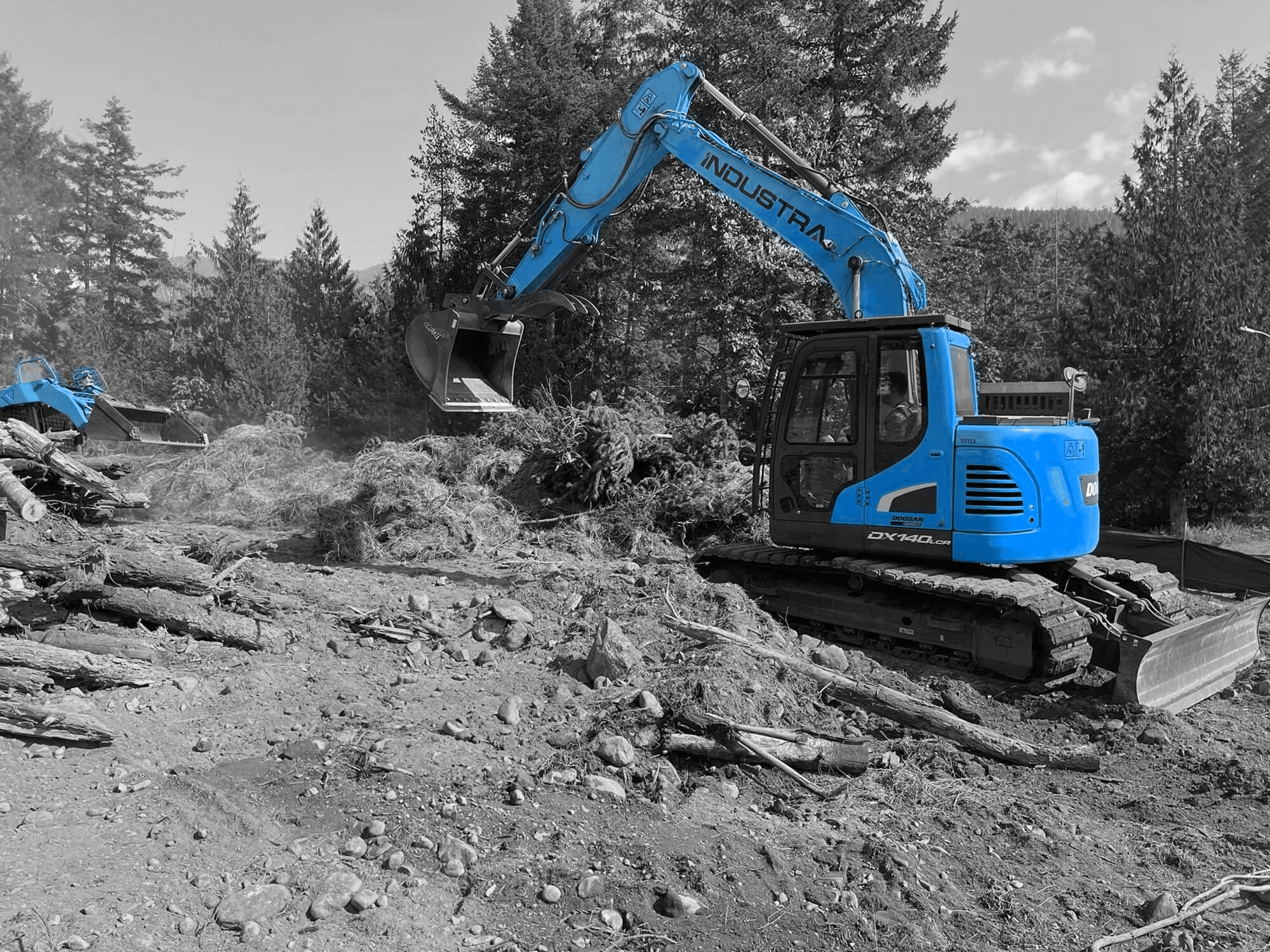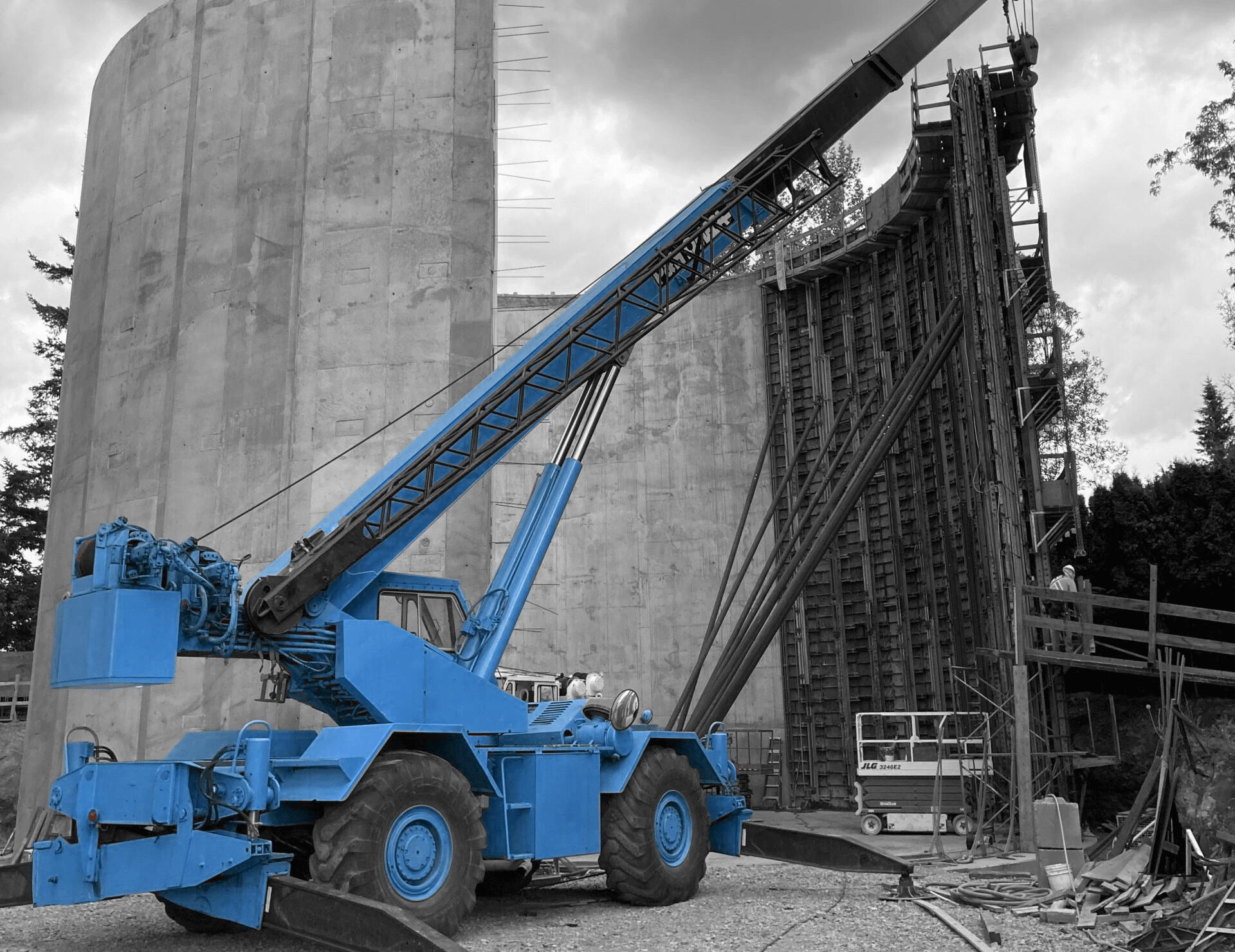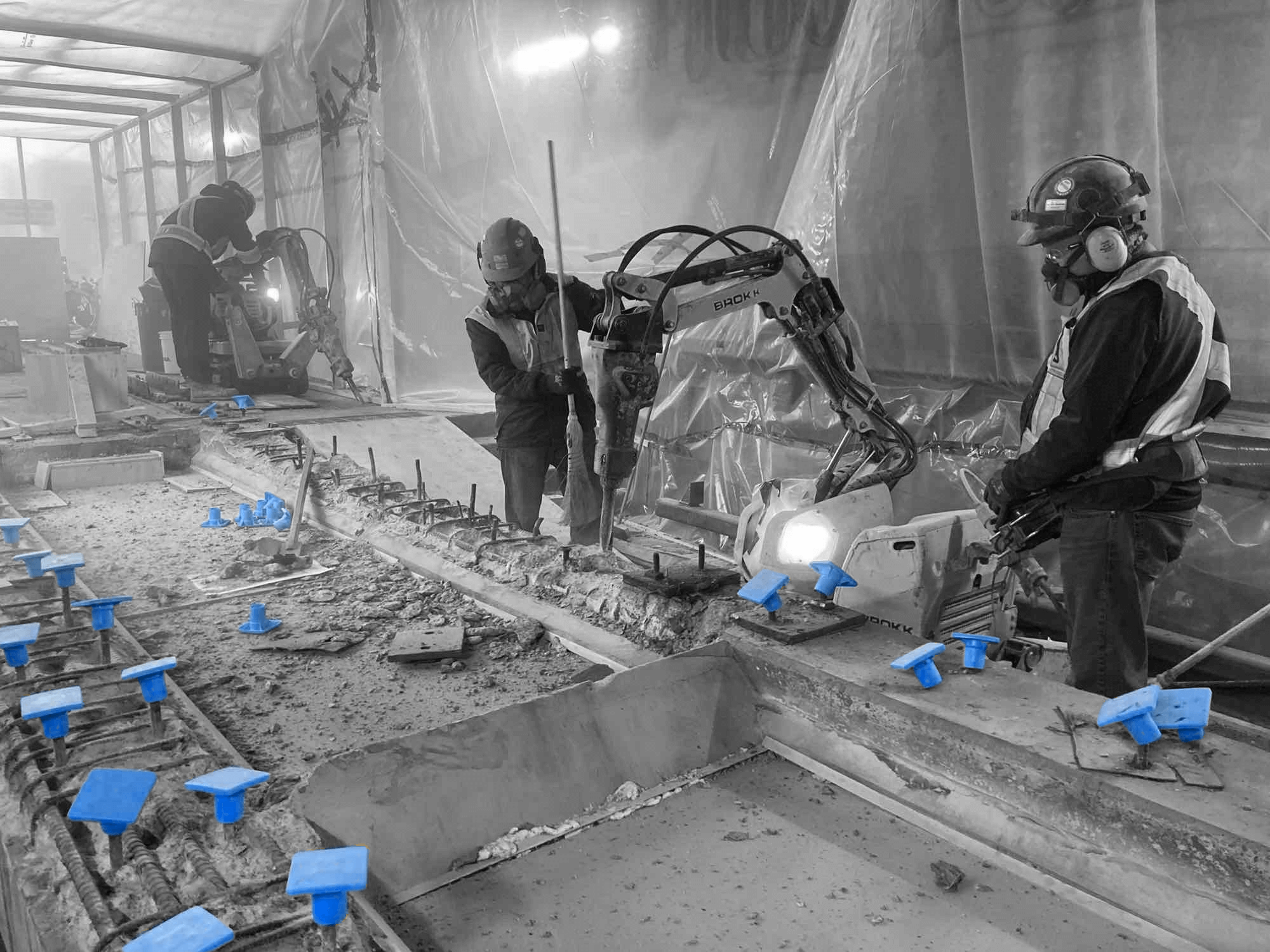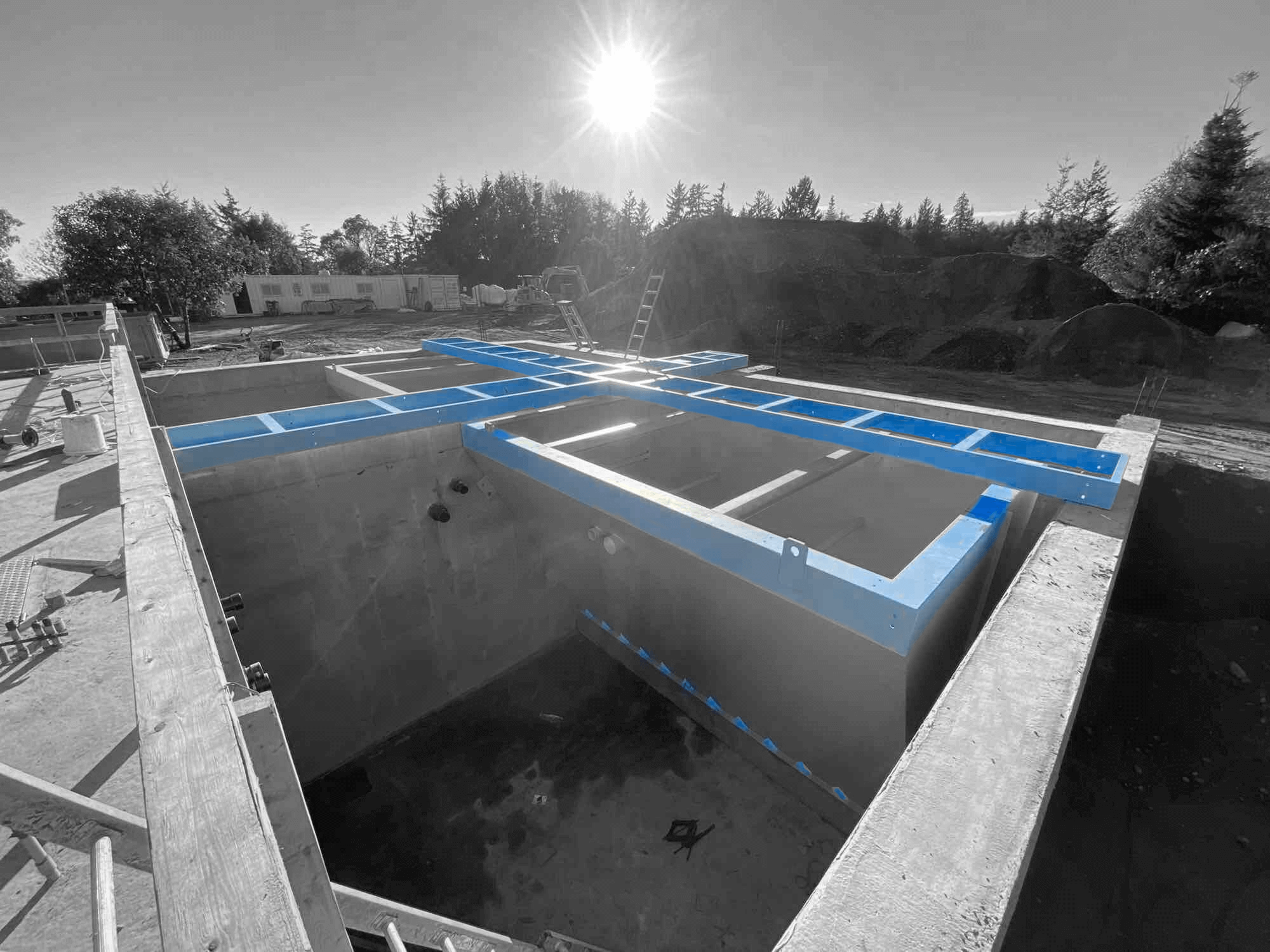Managing a construction project can be as complex as it is rewarding. Success depends on careful planning, effective communication, and keen oversight of every detail. Whether you’re working on an industrial facility, a wastewater treatment plant, or an institutional building, the principles of good project management remain the same.
The first step in managing a successful construction project is to define the project scope and objectives clearly. Knowing what needs to be done and why it’s important sets a solid foundation for the entire project. This involves detailed discussions with stakeholders, understanding client needs, and setting realistic goals.
From there, developing a detailed project plan is crucial. A well-thought-out plan covers all aspects of the project, from timelines and budgets to resource allocation and workflow. This plan acts as a roadmap, guiding everyone involved and helping to keep the project on track.
Effective communication is another vital aspect. Regular updates, meetings, and clear channels of communication ensure that everyone is on the same page. This helps to resolve issues quickly and keeps the project moving smoothly.
Lastly, monitoring progress and managing risks is essential for maintaining control over the project. Regular check-ins and risk assessments help identify potential problems early, allowing for prompt action to mitigate any issues. By paying attention to these key areas, you can increase the chances of completing your project on time and within budget.
Define Project Scope and Objectives
The first step to managing a successful construction project is defining the project scope and objectives. This means getting a clear understanding of what the project is about, what needs to be accomplished, and why it matters. This stage sets the foundation for everything that follows.
Start by holding detailed discussions with all stakeholders. These can include clients, contractors, and any other parties involved. This helps gather all necessary information and ensures everyone is aligned. It’s important to ask the right questions: What are the project requirements? What are the key deliverables? What are the budget and timeline constraints?
Once you’ve gathered the information, create a project scope document. This document should outline the project’s goals, deliverables, constraints, and any assumptions. It’s a living document that can be referred back to throughout the project’s lifecycle. Clearly defined objectives within this document help set expectations and guide decision-making.
Another essential aspect is establishing key performance indicators (KPIs). These are metrics that will help measure the success of your project. KPIs can include timelines, budget adherence, quality standards, and safety records. Having these metrics in place from the beginning allows for better tracking and assessment as the project progresses.
By defining the project scope and objectives clearly, you create a roadmap that guides every subsequent step of the project. This clarity helps prevent misunderstandings and ensures that all team members are working towards the same goals.
Develop a Detailed Project Plan
After defining the project scope and objectives, the next crucial step is developing a detailed project plan. This plan acts as the roadmap for the entire project, guiding all activities and ensuring that everything stays on track.
Begin by establishing a timeline. Break down the project into smaller, manageable tasks. Determine the sequence of these tasks and assign start and end dates. Use tools like Gantt charts to visualize the project timeline. This helps identify critical paths and potential bottlenecks.
Next, focus on resource allocation. Determine what resources—be it labour, equipment, or materials—will be needed for each task. Assign responsibilities to team members and ensure they have what they need to complete their tasks efficiently. Allocating resources wisely helps avoid delays and keeps the project moving smoothly.
Budget planning is another key component. Create a detailed budget plan that outlines all costs associated with the project. This includes materials, labour, equipment, permits, and contingencies. Keep track of expenditures regularly to ensure you stay within budget.
Identify potential risks and develop strategies to mitigate them. Consider factors such as weather conditions, supply chain disruptions, and safety hazards. Having contingency plans in place helps you respond quickly to any unexpected issues, minimizing their impact on the project.
Lastly, implement a communication plan. Outline how information will be shared among team members, stakeholders, and clients. Regular meetings, progress reports, and updates ensure everyone stays informed and aligned.
Developing a detailed project plan helps keep the project organized and on track. It ensures that all aspects are covered, from timelines and budgets to resources and risks, creating a solid foundation for successful project execution.
Implement Effective Communication Strategies
Communication is the backbone of any successful construction project. Implementing effective communication strategies ensures everyone involved stays informed, aligned, and ready to tackle any challenges.
Start by establishing clear communication channels. Decide how and where project updates will be shared. This can include emails, project management software, or regular meetings. Make sure everyone knows how to access these channels and is comfortable using them.
Regular meetings are also key. Hold weekly or bi-weekly meetings to discuss progress, address any issues, and plan upcoming tasks. Include all relevant parties, such as project managers, contractors, and stakeholders. This keeps everyone on the same page and allows for real-time problem-solving.
Use progress reports to keep stakeholders updated. These reports should outline what has been completed, what is in progress, and what is planned next. Highlight any issues or delays and what is being done to address them. Transparency builds trust and helps manage expectations.
Another useful strategy is to develop a contact list. Include the names, roles, and contact details of everyone involved in the project. This makes it easy to know who to reach out to for specific issues or updates, streamlining communication.
Lastly, encourage an open-door policy. Make it easy for team members to come forward with questions, concerns, or suggestions. This fosters a culture of collaboration and ensures small issues don’t become big problems.
By implementing these communication strategies, you create a well-informed team that can work together efficiently, leading to a more successful project outcome.
Monitor Progress and Manage Risks
Keeping an eye on progress and managing risks are critical components in the lifecycle of a construction project. Monitoring ensures that everything stays on track, while risk management helps address potential problems before they become major issues.
Start by using project management tools. These can help track the completion of tasks, monitor timelines, and manage resources. Tools like Gantt charts or project management software provide a visual overview of the project’s progress and help identify any deviations from the plan.
Conduct regular site inspections. These allow you to see firsthand how the project is progressing. Use checklists to ensure all aspects of the site are reviewed, from the quality of work to safety standards. Regular inspections help catch issues early, allowing for timely corrections.
Implement risk management practices. Identify potential risks in the project plan and develop strategies to mitigate them. For example, have contingency plans for weather delays, equipment failures, or supply chain disruptions. Being prepared for these risks reduces their impact on the project.
Hold regular risk assessment meetings. Discuss the status of identified risks and review any new risks that may have emerged. Update your risk management plan as needed and adjust your strategies accordingly.
Use key performance indicators (KPIs) to measure success. KPIs can include timelines, budget adherence, and quality metrics. Regularly reviewing these indicators helps ensure the project is meeting its goals and identifies areas needing attention.
By monitoring progress closely and managing risks proactively, you ensure that your construction project stays on track and handles any issues effectively.
Conclusion
Successful construction project management relies on a well-defined scope, detailed planning, effective communication, and ongoing monitoring. These elements form the backbone of any project, guiding it from inception to completion.
Defining the project scope and objectives lays the groundwork for what needs to be achieved. Developing a detailed project plan provides a roadmap for execution, while effective communication keeps everyone aligned. Monitoring progress and managing risks ensure the project remains on track, adapting as needed to handle any challenges.
At Industra Construction Corp., we understand the complexities of managing construction projects. Our expertise in EPC/design-build, civil construction, process mechanical, and other services ensures that every project we undertake is completed to the highest standards.
Looking to manage your next construction project more effectively? Contact us today and let our experienced team help you achieve success from start to finish.


